Bold flavors and bright colors hitting the right note in many cities, Hou Chenchen and Shao Xinying report.
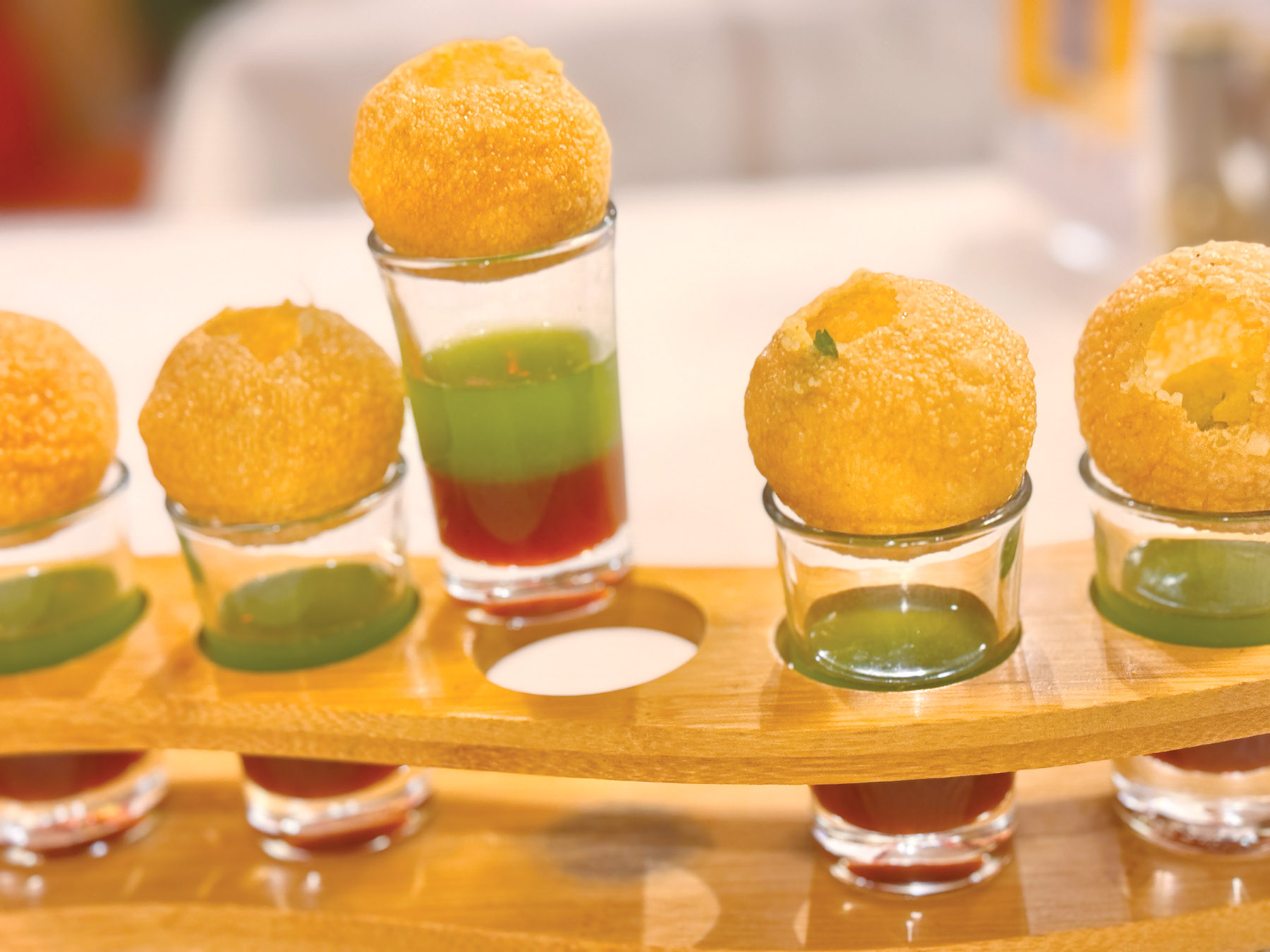
In one corner of the restaurant's kitchen, spicy mashed potatoes, creamy chickpeas, and tangy, spicy mint water are stuffed into a 3-centimeter hollow, fried wheat shell, known as pani puri.
"Gulping down the shell is like a burst of flavors from the universe in my mouth. The heat of the pepper, the coolness of the mint, the salty sauce, the sweet and sour yogurt, along with a medley of special herbs and spices — it's a magical experience," says Xiao Mo, 33, an Indian cuisine enthusiast in Beijing.
The popular Indian street foods have gained traction in Chinese cities, with local youths eagerly embracing the exotic flavors of South Asia. On Chinese social media, the hashtag #IndianCrispy-Ball has become a growing trend, reflecting a challenge to explore Indian cuisine, particularly the beloved street food, pani puri.
READ MORE: Indian judge to rule on dispute over invention of butter chicken
Even the online adventure game Genshin Impact, produced by Chinese company HoYoverse, which boasts a fan base of 60 million, features pani puri in the fictional nation Sumeru.
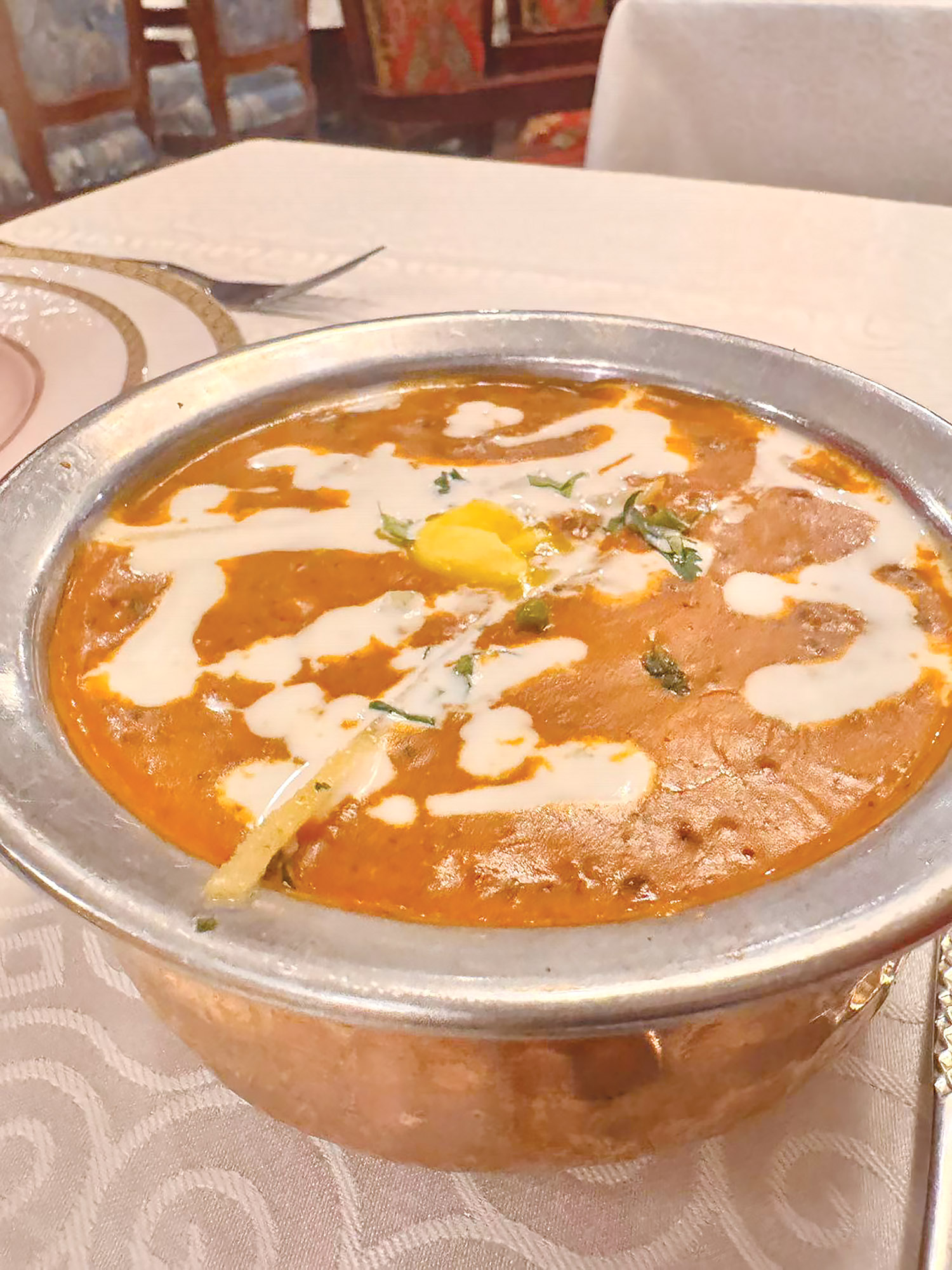
The surge in popularity challenges long-held stereotypes across the world about the lack of cleanliness and hygiene associated with Indian street food.
"The environment is clean, and the staff members are attentive. I highly recommend that everyone come and try it out," said @itwasyou, a customer of Ganges Gourmet Indian Restaurant in Beijing, on Dianping, China's leading app that provides information on restaurants and entertainment. The customer said he had been planning to try Indian food for a long time, and he finally did.
More than 40 Indian restaurants are currently operating in Shanghai, and 19 in Beijing. This marks a significant increase from a decade ago, when there were only five Indian restaurants in Shanghai and six in Beijing, according to research conducted on Dianping.
Although Indian restaurants in China are fewer in number compared with their Japanese, South Korean and Thai counterparts, their growth rate has been phenomenal, increasing sevenfold between 2014 and 2018, according to a report on market trends for Asian food.
Some Indian restaurants have established chains, like Shanghai's Kebabs on the Grille, which has five restaurants across the city. The restaurant scene has also become increasingly diverse, with restaurants such as the Taj Pavilion and budget-friendly buffet restaurants like the Ganges Gourmet Indian Restaurant in Beijing making their mark.
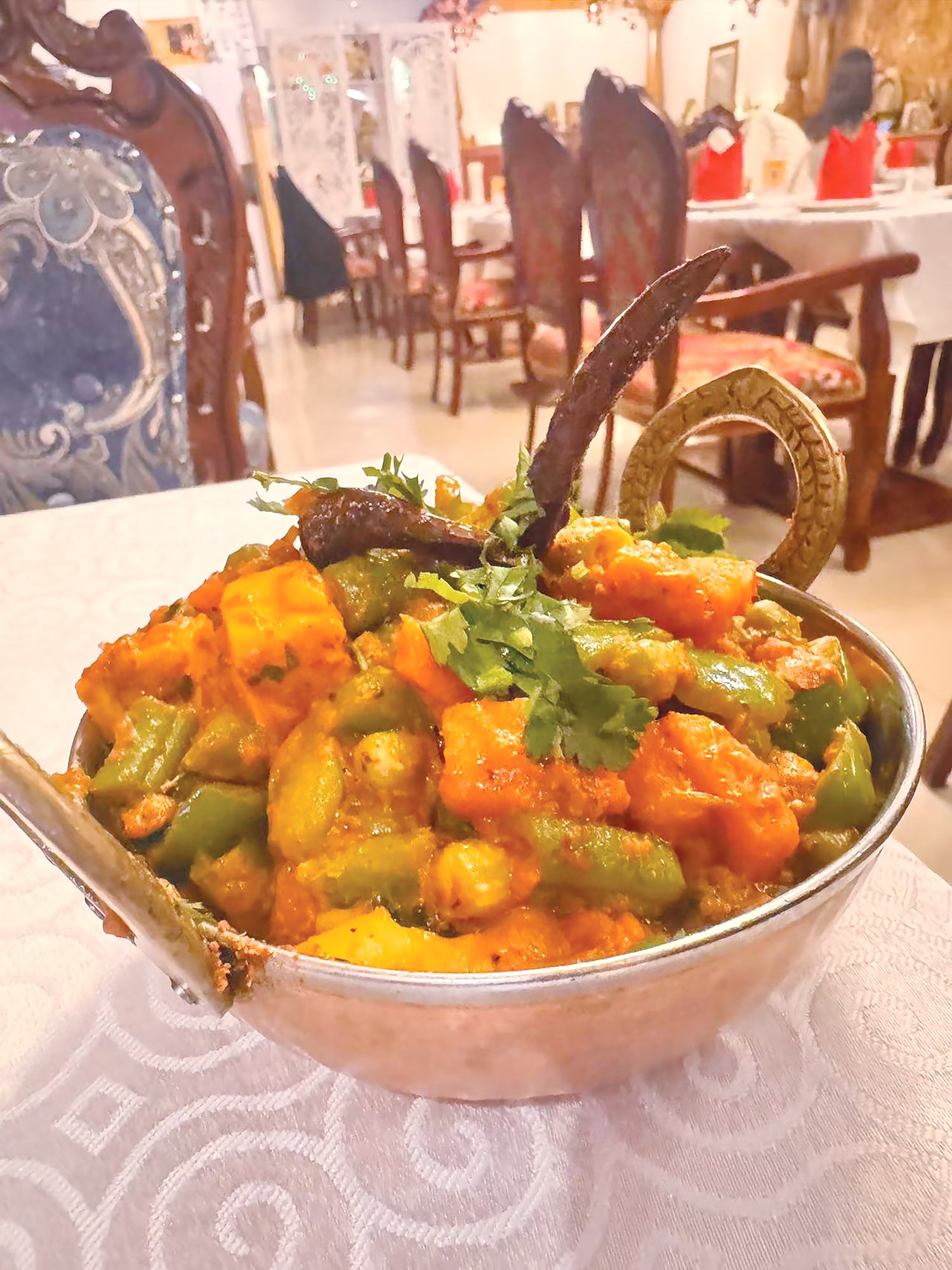
A touch of spice
Mehernosh Pastakia has been running the Taj Pavilion for more than 25 years. He was among the first Indians to venture into restaurant business in China. Now, more and more Indians and Chinese are establishing South Asian restaurants, offering wider options for food lovers.
Pastakia says naan is one of the most popular staple foods with Chinese customers. It comes in various forms — plain, butter and garlic — all made in a tandoor, a traditional clay oven. "A regular oven doesn't reach the 400 C needed for naans to develop that perfect crunch and aroma," he says. The naan dough is stretched and placed on the inner wall of the tandoor, where it cooks in just seconds.
"A classic way to enjoy a naan is to tear it into small pieces and dip it into curry sauce or pair it with meatballs or vegetables," he says.
The Taj Pavilion is also known for its rumali roti, a thin flatbread cooked over a wok.
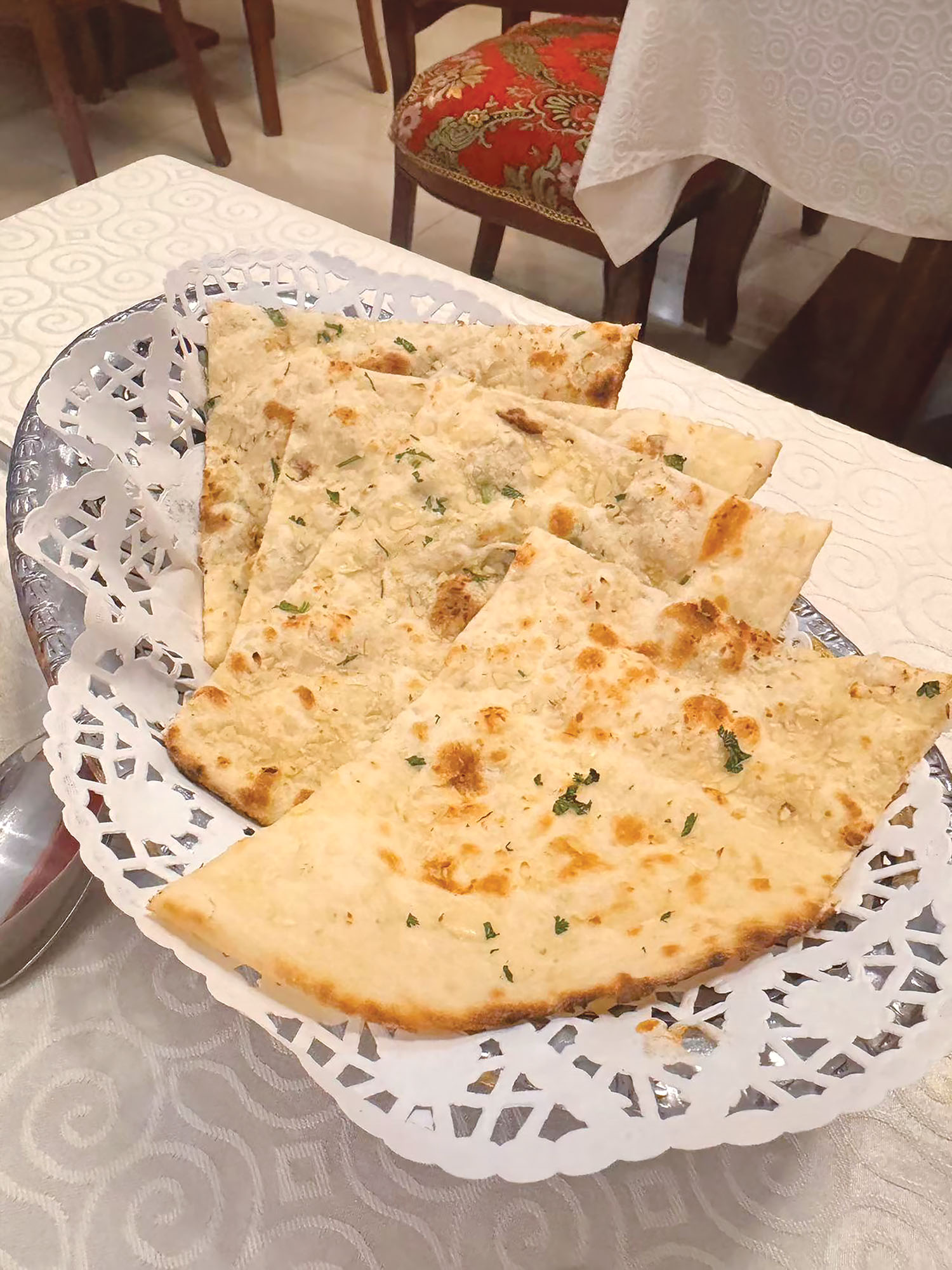
Another hallmark of Indian cuisine is its use of spices. India is one of the world's largest producers of spices, and a key element of its food is the masala, a blend of spices often ground into fine powder.
Masala is a signature feature of Indian cooking, as seen in "masala chai". It is spiced milk tea combining sugar with aromatic spices. As the Hindi word "chai" suggests, tea is the base, but it's the masala that gives it the distinctive flavor.
"When masala is cooked with onions and liquid ingredients like broth or yogurt, it forms the base of the curry. Masala and curry are two related but distinct concepts that people often get mixed up with," Pastakia says.
He says the Taj Pavilion has at least seven curries on its menu, including chicken curry, fish curry and vegetable curry, adding that a wide variety of spices, such as cumin, coriander, turmeric and cinnamon, are stored in small containers in their kitchen.
The restaurant even imports many of the spices from India, either through brokers or e-commerce platforms that specialize in spice trade in China.
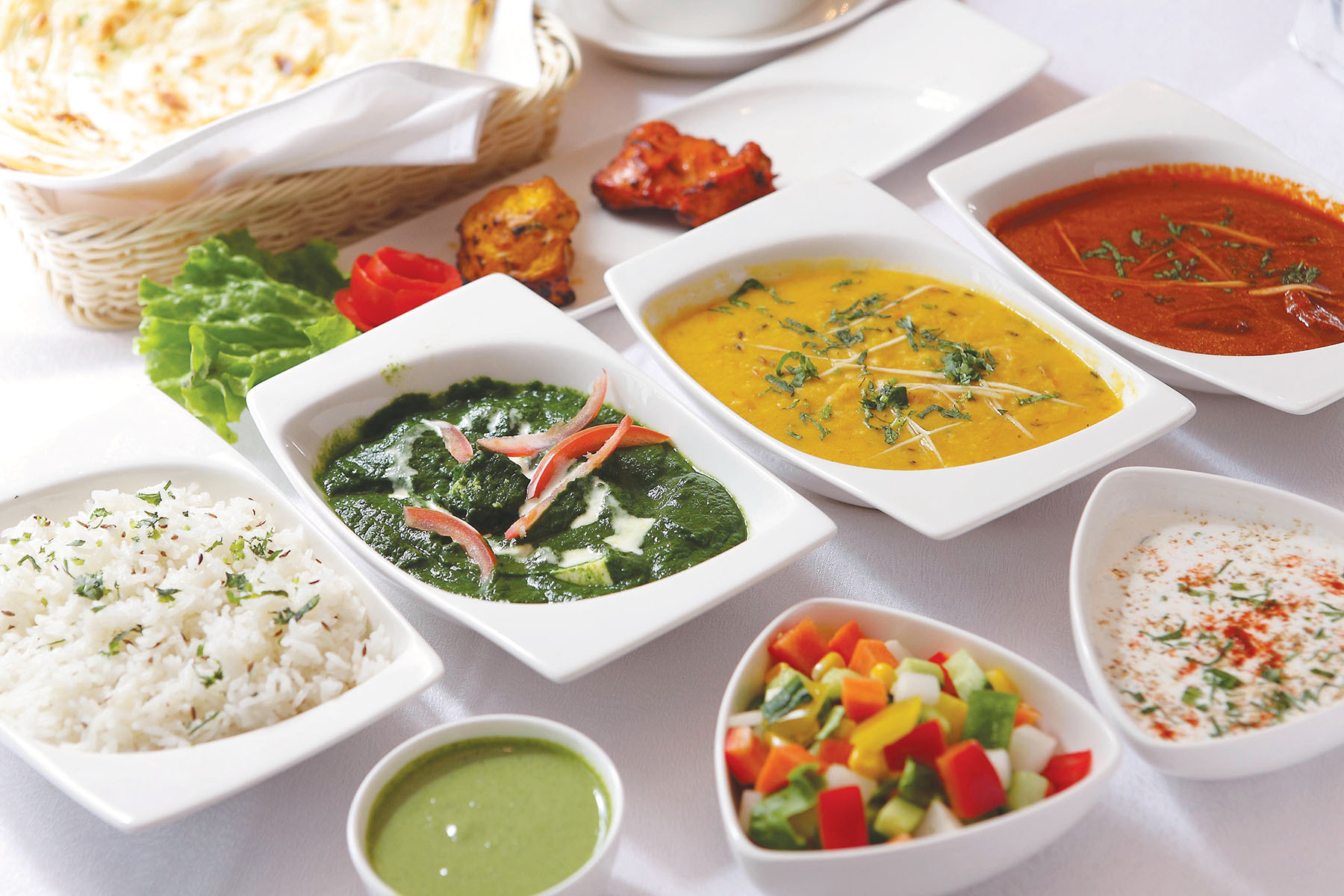
Authentic culinary culture
"Our restaurant was founded with the mission of introducing authentic Indian culinary culture to the local community. To appeal to Chinese palates, we've occasionally infused elements of both Chinese and Indian cuisines," says Liang Yaofeng, founder of the Ganges Gourmet Indian Restaurant.
Naresh Singh, the restaurant's manager, emphasizes their commitment to providing a clean, affordable dining experience.
"There's often a misconception that Indian restaurants are unsafe or unhygienic. We're here to challenge that stereotype," he says.
Liang's two-decade-long experience in China-India tourism has given him unique insights into the cultural connection between the two countries. Recognizing a gap in the market for Indian cuisine in Beijing, he opened the Ganges Gourmet Indian Restaurant in 2021.
With a capacity to seat 70 guests, the restaurant offers an Indian-style buffet that has proved immensely popular.
"Lunchtime is always busy, and it's not uncommon for diners to wait in line," Singh says.
While Indian food, especially curries, is often seen as difficult to adapt to, the restaurant's strategy is to "adjust the recipes" to suit the local tastes.
Chef Nainwaldayadhar Ishwari Dutt has made thoughtful changes to many of the dishes. "We've toned down the spicier flavors to make them more approachable," he says, adding that Indian spices are also incorporated into some Chinese local dishes to create a harmonious blend of flavors.
"The restaurant has a strong Indian vibe, with photos of Bollywood stars on the walls, Indian dance playing on TV, lively Indian music filling the air, and the rich aroma of curry tickling the senses. It's become a multifaceted window into Indian culture," says Liu Xiaogou, a customer at the Ganges Gourmet Indian Restaurant.
"China and India are both populous countries with long histories as two of the world's four great ancient civilizations. Their food cultures are equally rich, and I'm open to another country's culture through its cuisine," says Jia Yu, another customer.
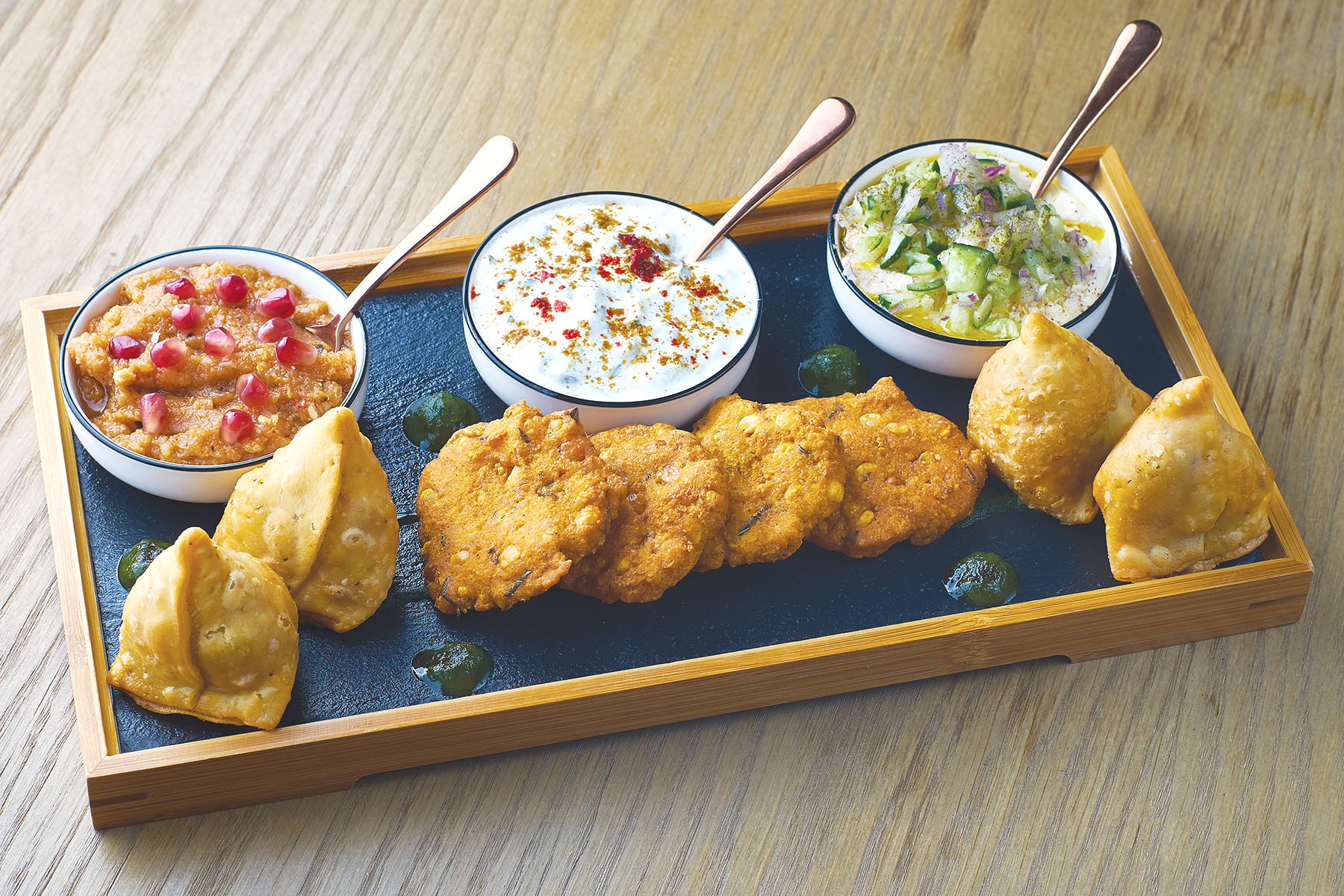
Spreading wings
Dev Raturi, an Indian restaurateur in China, in an interview with China Media Group, said his business has been running smoothly, thanks in large part to the local government in Xi'an, Shaanxi province, which waived his rent for the first two years. He has since opened 11 Indian restaurants across various cities in China employing more than 100 people from India.
Young people in China are showing an increasingly open and accepting attitude toward foreign cultures. What were once niche Asian restaurants are now flourishing across the country, with international cuisines becoming a gateway for China's youth to embrace globalization.
ALSO READ: Chocolate makers have sweet-loving Indians in their sights
"I believe, through cuisine and dining, Chinese and Indians can know about each other and better understand each other's cultures," Pastakia adds.
Sun Yuxuan contributed to this story.
Contact the writers at houchenchen@chinadaily.com.cn


